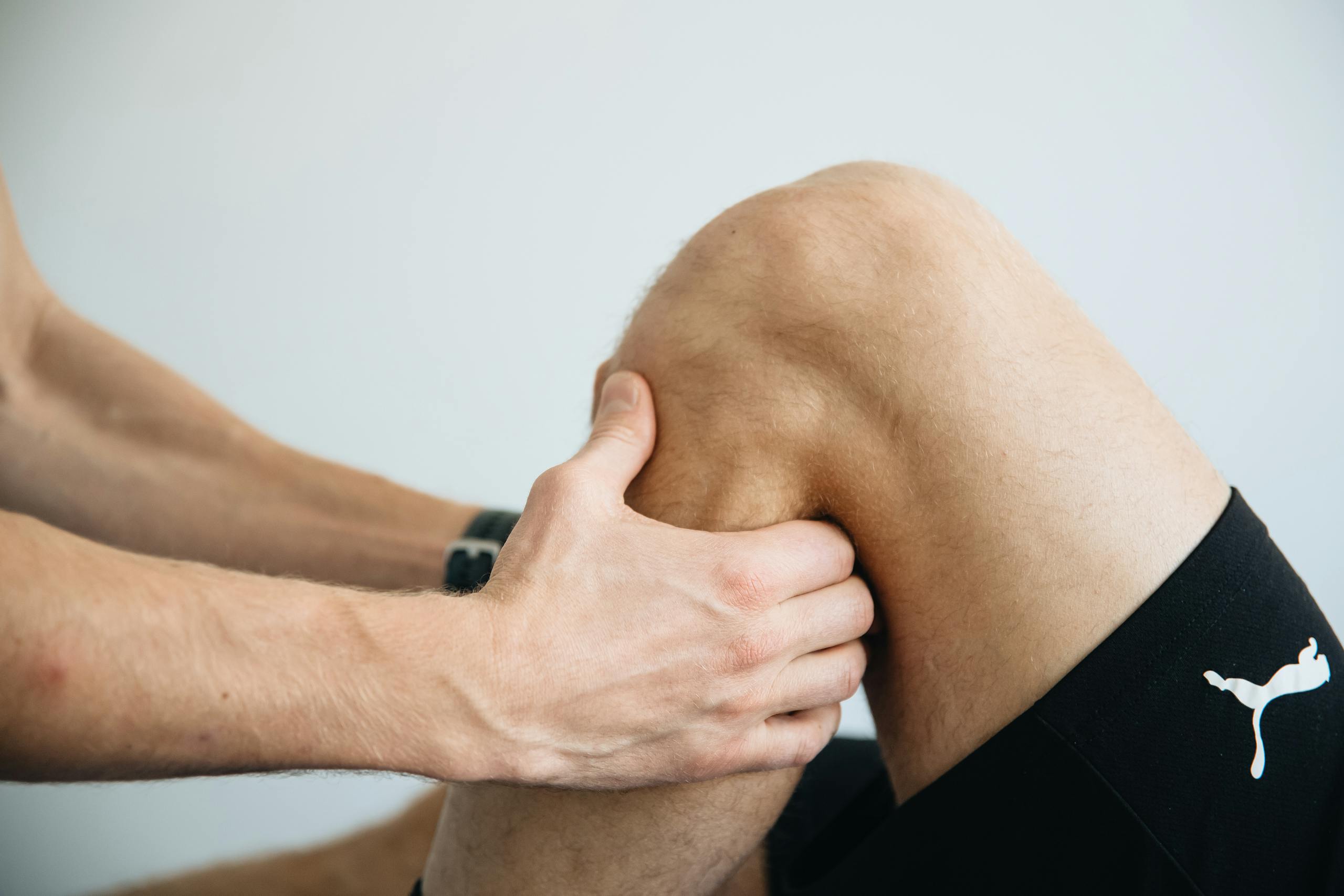Causes and Management of Knee ‘Cracking’ Sounds
The knee joint is a complex structure composed of cartilage, ligaments, tendons, and muscles. Due to this anatomical complexity, various sounds such as cracking, popping, or clicking may occur during movement. These sounds can arise from several mechanisms, including gas bubble formation (cavitation), tendon or ligament snapping, cartilage wear, or joint misalignment.
Common Causes of Knee Cracking
- Cavitation (Gas Bubble Formation): When joint pressure changes rapidly, small gas bubbles can form and collapse within the synovial fluid. This process, known as tribonucleation, may produce a sudden “pop” sound during joint movement.
- Tendon or Ligament Snapping: Tendons or ligaments may shift over bony prominences and then return to their original position, creating an audible snapping or clicking sound. This commonly involves structures like the hamstrings or the patellar tendon.
- Cartilage or Meniscus Degeneration: Damage or degeneration of cartilage or the meniscus can lead to rough joint surfaces, causing grinding or crackling sounds during movement. Early-stage osteoarthritis may present with such symptoms.
- Joint Misalignment and Muscle Imbalance: Maltracking of the patella or misalignment of the femur and tibia can result in abnormal stress and mechanical noise. Muscle imbalances—particularly in the hip and thigh—can alter knee biomechanics, leading to irregular movement and sound.
Differentiating Pain-Free vs. Painful Knee Sounds
If knee sounds occur without pain, they are often considered physiological and not typically a cause for concern. In contrast, if the sounds are accompanied by pain, swelling, or instability, this may indicate pathological conditions such as ligament injuries, meniscal tears, or early degenerative changes, which warrant medical evaluation. A loud “pop” at the time of injury followed by pain is often a sign of structural damage and should be assessed promptly.
Clinical Treatment and Physical Therapy Approaches
Most knee sounds can be effectively managed through targeted physical therapy and therapeutic exercise. The following interventions are commonly used:
- Postural Correction and Alignment Training: Correcting improper movement patterns during activities like squats or lunges can prevent excessive stress on the knee. Strengthening the hip muscles, especially the gluteal and adductor groups, helps stabilize the patella and maintain proper joint alignment.
- Strength Training: Improving the strength of the quadriceps (especially the vastus medialis), hamstrings, and hip stabilizers enhances knee stability and reduces abnormal joint motion. Exercises such as leg presses, step-ups, and bridges are often prescribed under professional supervision.
- Flexibility and Mobility Work: Stretching tight muscles like the hamstrings, calves, hip flexors, and iliotibial band can relieve mechanical tension and improve range of motion, thereby reducing noise during joint movement.

